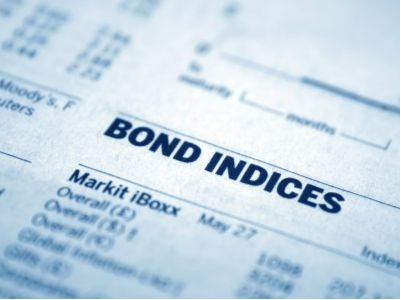Invesco: Attractive valuation in Asian high-yield bond market, optimistic about bonds from BB-rated issuers.
2024-11-29 14:25
JPMorgan Asset Management's article stated that the Asian high-yield bond market offers attractive valuations compared to the US high-yield bond market, and they see opportunities for yield enhancement. They are optimistic about BB-rated issuers, with solid credit and cash flow that may make them potential stars of the future.
JPMorgan Asset Management stated in a document that the Asian high-yield bond market provides attractive valuations compared to the US high-yield bond market, with opportunities for yield improvement. From a sector perspective, the bank believes that diversifying investments into Macau gaming, renewable energy, subordinated financial bonds, infrastructure, and consumer companies can capture the opportunity of multi-sector holdings in Asia's rapidly growing economies. At the same time, the bank continues to favor BB-rated issuers, as their strong credit and cash flow make them potential rising stars.
JPMorgan noted that Asian high-yield bonds are a short-term asset class with an average remaining life of only 2.4 years (as of November 8), and are less interest rate-sensitive than Asian investment-grade bonds. In recent years, BB-rated bonds have consistently had the largest share in the index, accounting for about 45%. The bank believes that through flexible investments in BB and BBB-rated bonds, investors can capture credit spreads and broader opportunities.
In its outlook for the fourth quarter of Asian high-yield bonds, JPMorgan believes that compared to global high-yield bonds, the opportunities for cheap valuations in Asian high-yield bonds mainly exist in the B-rated sector. The bank is focusing on Mongolian bonds, commodity bonds, and double-digit coupon bonds, as they have good credit quality and can provide investment opportunities for returns and capital appreciation. In recent years, there has been an increase in asset-backed securities and convertible bonds issued by Asian high-yield bond issuers. The bank sees this as a positive development, as it provides investors with the opportunity to create higher excess returns by selecting the riskiest part of the capital structure for investment.
For example, the bank found that there is an opportunity for a portfolio rating upgrade, where ordinary high-yield corporate bonds can be converted into investment-grade asset-backed securities from the same issuer, with the proceeds also serving a social purpose. Similarly, given the significant spread widening in this asset class, the bank also prefers to convert investments into convertible bonds, as the downside risk is limited to the bond floor price. Deleveraging in bond issuers with a high free cash flow-to-equity ratio will increase the equity value and the value of embedded equity warrants. This will also help to hedge against actions that are more favorable to shareholders, as the interests of convertible bondholders are aligned with shareholders, but with the bond floor price as a safeguard.
RECOMMEND

AMAC: In January, 137 new asset-backed special plans were filed, with a total scale of 1122.64 billion yuan.
26/02/2025

Schroder Investment: Investors should consider allocating funds to securitized credit and insurance-linked securities.
26/02/2025

Reuss County Asset Annual Reflection: Policy Tipping Point is very clear. The semiconductor industry in 2025 is a game for the brave.
26/02/2025


